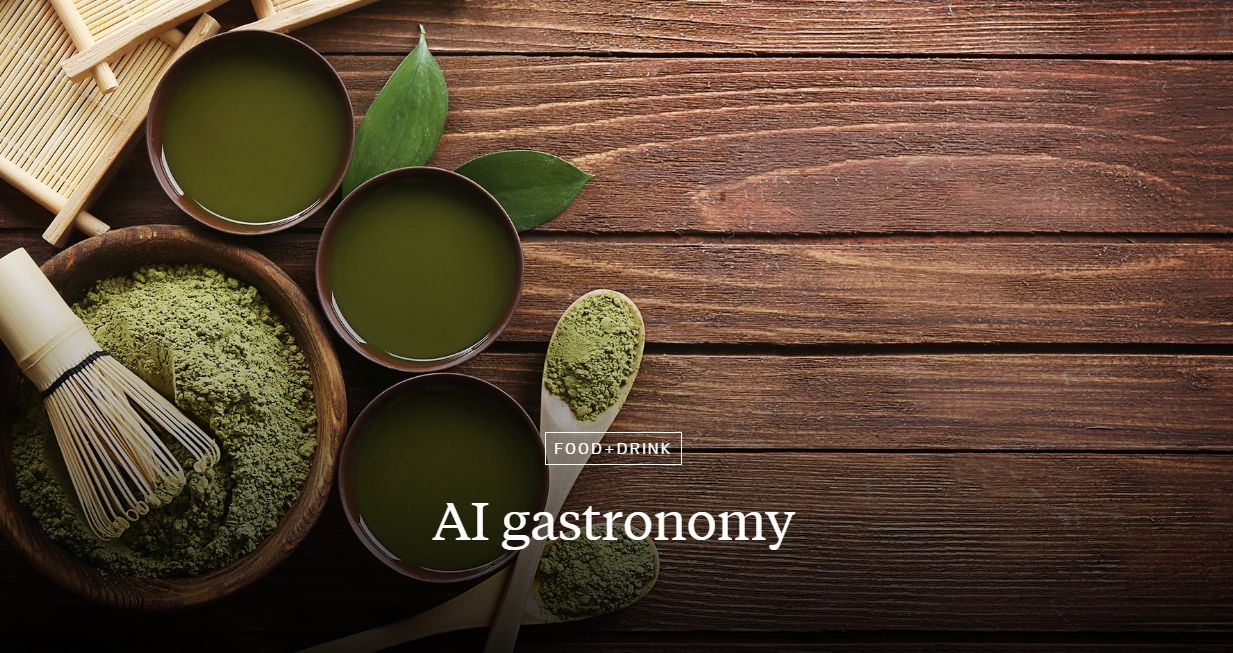AI Gastronomy
MIT uses artificial intelligence to turn images of food into recipes.
For consumers that are obsessed with documenting and sharing images of their food, MIT is developing a very useful website. Pic2Recipe!, a neural network created by electrical engineering and computer science student Nick Hynes, uses artificial intelligence to find the right recipe that corresponds to an uploaded image of food based on a database of over one million recipes.
While the website is still in the early stages of development, it shows promise. Beyond identifying recipes, Pic2Recipe! can also recognize different types of food and predict a list of the dish’s ingredients, which could be used to estimate nutritional content. “It could allow people to analyze their meals and determine their nutritional value, or even to manipulate an existing recipe to be healthier or to conform to certain dietary restrictions,” Hynes tells WIRED.
Pic2Recipe! is not the first project of its kind. In an attempt to improve the user experience for foodies, Pinterest announced a “dish recognition feature” using visual search technology in May. Users can take photos of food and find relevant recipes related to what they’ve captured. The feature has been called the “Shazam for food” and uses machine learning in a similar way to Pic2Recipe!. Rather than uploading a recipe, Pinterest can suggest related recipes based on an image in real-time.
Im2Calories, a research project from Google, takes the concept one step further and uses advanced image recognition to estimate the calories in a meal from a photo. In the future, it could work as an advanced automated food diary, offering consumers a quick and practical way of tracking consumption and monitoring their diet. Google is also building out the image recognition capabilities of its Assistant, which could be used to improve the feature.
These projects target a connected world obsessed with food photography, self-quantification, and calorie counting. With food culture and social media becoming increasingly intertwined, artificial intelligence will become more commonplace in the food and drink industry. Beyond tech companies and researchers, food and drink brands can harness artificial intelligence to be at the forefront of this phenomenon. This would offer real value to health-conscious consumers and help them to explore new recipes in a simple, effortless way.
For more analysis of today’s food and drink trends, download our Food + Drink: Trends and Futures 2017 report.

